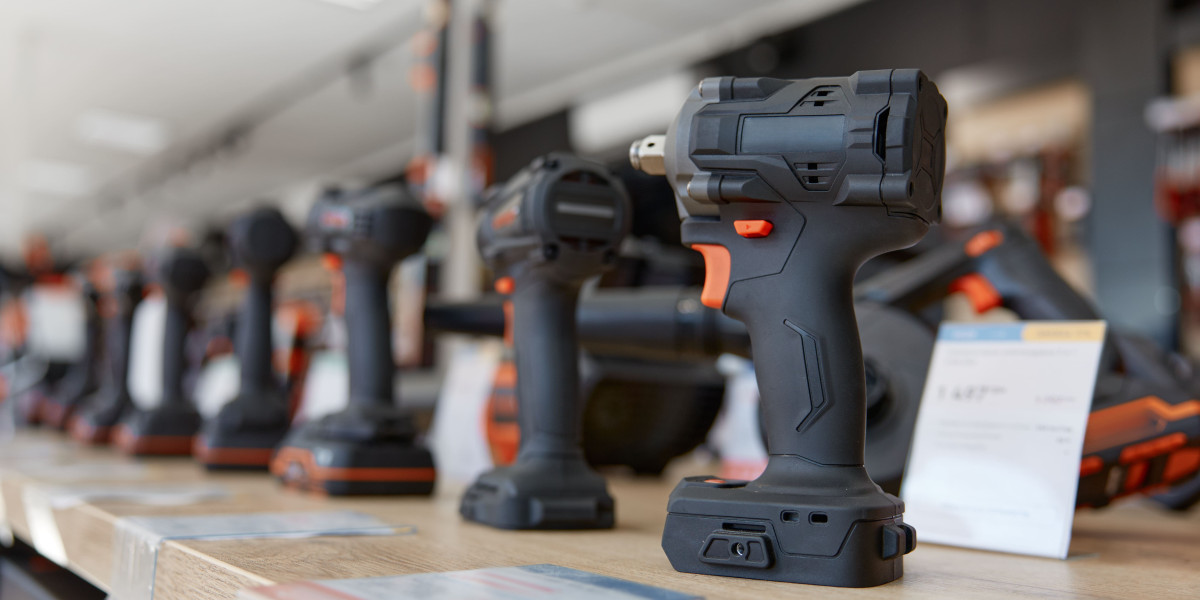The Impact Drill Test: An In-Depth Analysis
The impact drill test is a vital treatment used to measure the performance and resilience of impact drilling equipment. As an important aspect of both building and construction and manufacturing markets, comprehending the mechanics, advantages, and potential obstacles associated with this test can exceptionally influence functional effectiveness, safety, and tool longevity.
What is the Impact Drill Test?
An impact drill test assesses the efficacy of drilling equipment when subjected to high-impact forces. Engineers and service technicians perform this test to determine how various products and bits carry out under difficult conditions, imitating real-world applications. By leveraging this test, manufacturers can innovate their tools by tailoring their styles to enhance efficiency based on empirical information.

Why is the Impact Drill Test Important?
- Quality control: Ensuring that equipment fulfills industry standards.
- Performance Improvement: Identifying best practices assists to enhance drilling procedures.
- Security Enhancement: Preventing devices failures that could result in workplace accidents.
- Material Suitability: Understanding how various materials can affect drill efficiency.
The Mechanics of the Impact Drill Test
The test usually involves a regulated environment where an impact drill is subjected to numerous specifications, consisting of speed, torque, and product density. The setup may include:
- Drill Types: Standard drills, rotary hammers, and percussion drills.
- Material Samples: Concrete, metal alloys, wood, etc.
- Measurement Tools: Force gauges, speed sensing units, and torque converters to record efficiency.
Test Test Variables
| Variable | Description |
|---|---|
| Drill Type | Kind of drill (e.g., rotary hammer, traditional impact drill) |
| Material | Material structure (e.g., concrete, steel) |
| Impact Force | Maximum force applied during drilling |
| Drill Speed | Rotation speed (RPM) |
| Bit Size | Diameter of the drill bit |
The impact drill test normally runs numerous iterations, taking measurements across varying conditions to establish a thorough performance profile.
Examining the Results
After conducting the test, the outcomes are examined to figure out particular metrics, consisting of performance rankings and failure points. The collected data can be summarized in tables for Bohrmaschine Günstig Kaufen, https://beluna-versand.de, clearer visualization:
Sample Results Table
| Drill Type | Product | Typical Impact Force (lbs) | Average Speed (RPM) | Efficiency Rating (%) |
|---|---|---|---|---|
| Rotary Hammer | Concrete | 300 | 800 | 85 |
| Requirement Drill | Metal | 150 | 600 | 78 |
| Percussion Drill | Wood | 225 | 700 | 80 |
Comprehending the Metrics
- Average Impact Force: Represents how much force the drill can apply before mechanical failure takes place.
- Typical Speed: Indicates the speed at which the drill operates, important for time performance.
- Effectiveness Rating: A percentage that reflects the drill's ability to carry out optimally under test conditions.
Commonly Encountered Challenges
In spite of its significance, the impact drill test can provide some difficulties, including:
- Equipment Calibration: Ensuring all tools are correctly adjusted can be complex.
- Product Variability: Different product homes can impact test outcomes considerably.
- Operational Safety: High-impact screening can present dangers if security procedures aren't strictly followed.
Best Practices for Impact Drill Testing
To guarantee the most precise and suitable outcomes, think about the following best practices:
- Use Standardized Equipment: Always make use of adjusted tools for consistency in outcomes.
- Diversify Material Samples: Testing a range of materials offers a broader understanding of drill abilities.
- File Test Conditions: Keep meticulous records of conditions during each test for future recommendation and reproducibility.
FAQs about Impact Drill Tests
Q1: How frequently should impact drill tests be conducted?
A: Impact drill tests should be carried out occasionally or when presenting brand-new drill designs to ensure compliance with industry requirements and performance metrics.
Q2: Can the outcomes differ significantly between various drill brand names?
A: Yes, results can differ based upon the style, products utilized in the drill, and making processes.
Q3: Are impact drills ideal for all types of products?
A: Not necessarily; different drills are enhanced for specific materials, and utilizing the inaccurate drill can cause ineffectiveness or damage.
Q4: What security precautions should be taken throughout testing?
A: Safety safety glasses, ear defense, and appropriate clothes must be worn. It is important to follow all operational standards and procedures to avoid accidents.
Q5: How can I analyze efficiency rankings precisely?
A: Efficiency ratings need to be considered in context with other efficiency metrics, such as impact force and speed, to provide a total image of the drill's abilities.
The impact drill test works as an indispensable tool in keeping the stability and dependability of drilling equipment across numerous industries. By understanding the mechanics behind the test and leveraging finest practices, manufacturers can improve their items substantially while ensuring safety and effectiveness for users. The insights amassed from impact drill testing not just improve product efficiency but also drive development in tool design and application.








